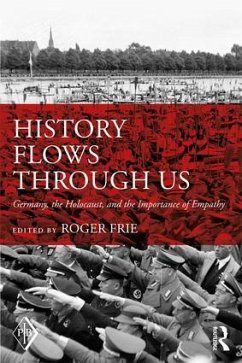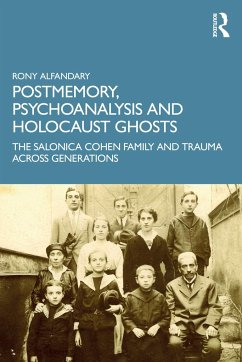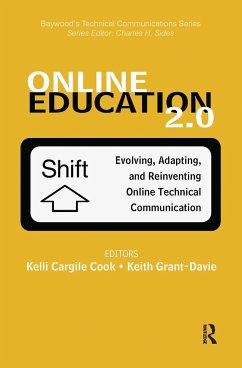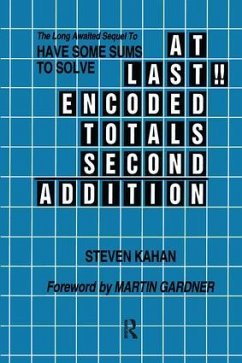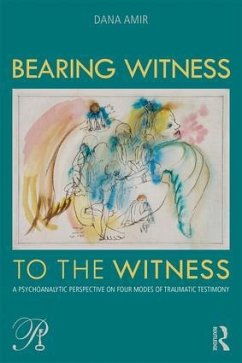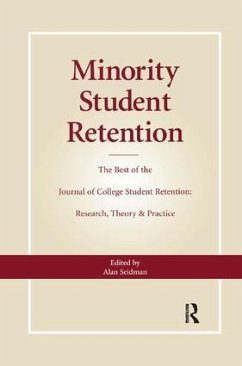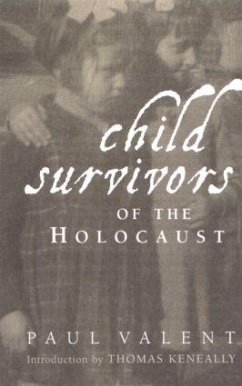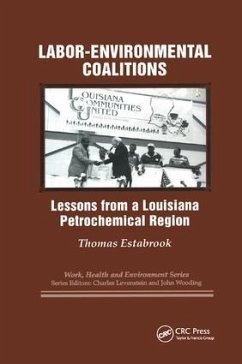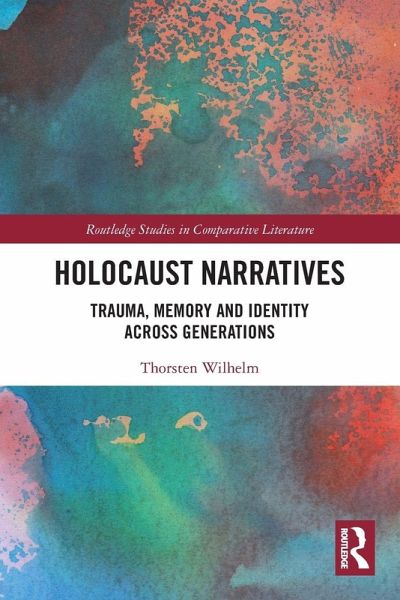
Holocaust Narratives
Trauma, Memory and Identity Across Generations
Versandkostenfrei!
Versandfertig in über 4 Wochen
52,99 €
inkl. MwSt.
Weitere Ausgaben:

PAYBACK Punkte
26 °P sammeln!
This book analyzes individual multi-generational frameworks of Holocaust trauma to answer one essential question: How do these narratives change to not only transmit the trauma of the Holocaust but also construct the trauma as a connector to a past that needs to be continued in the present?





